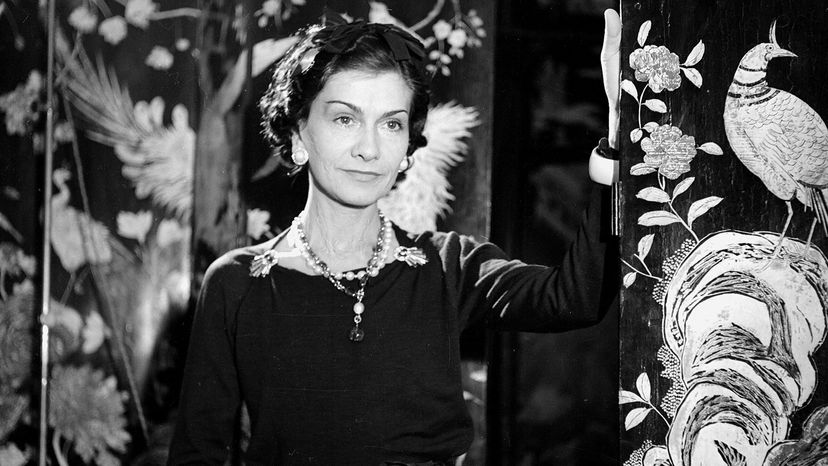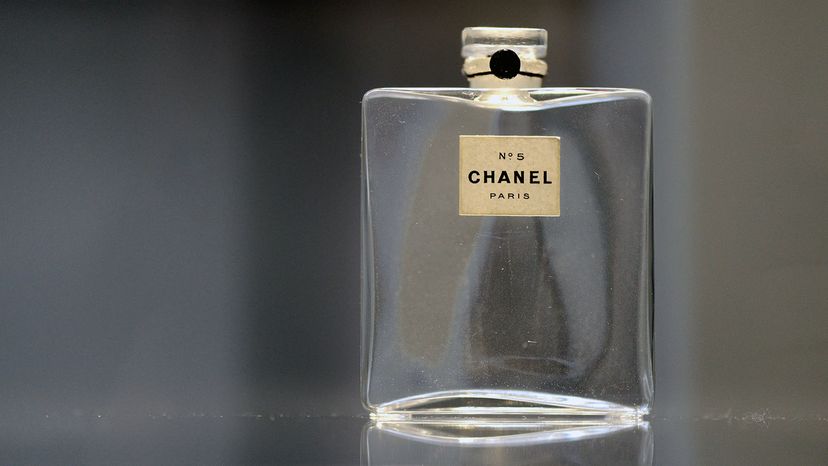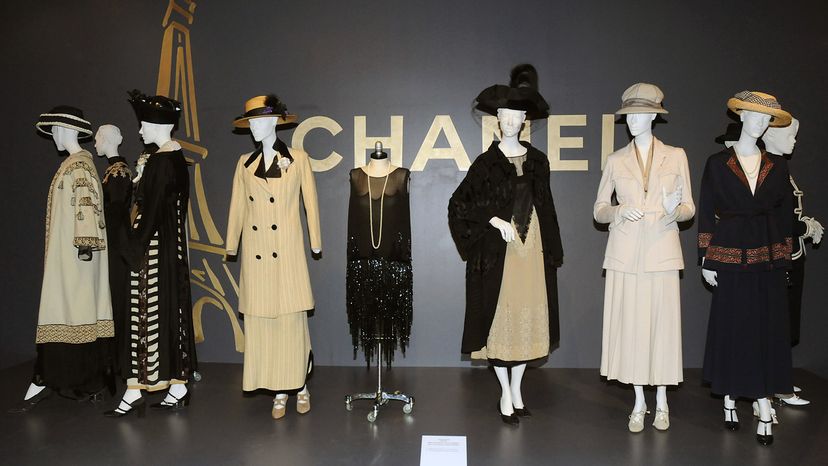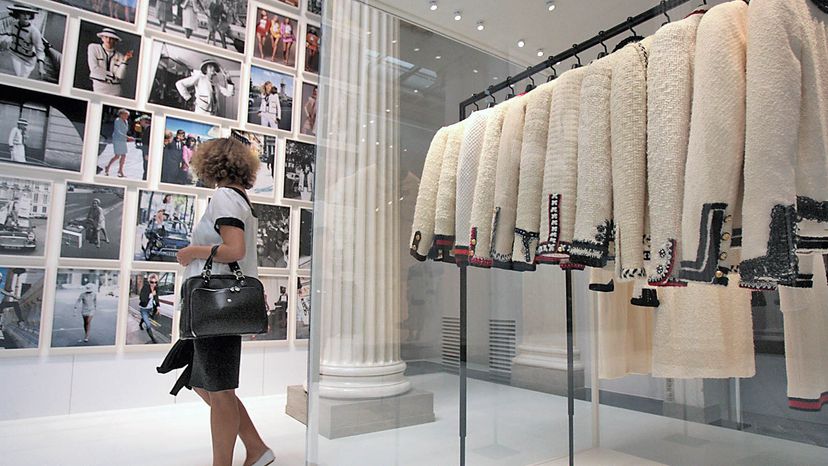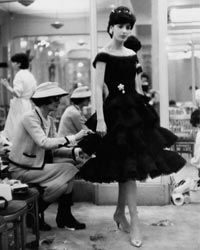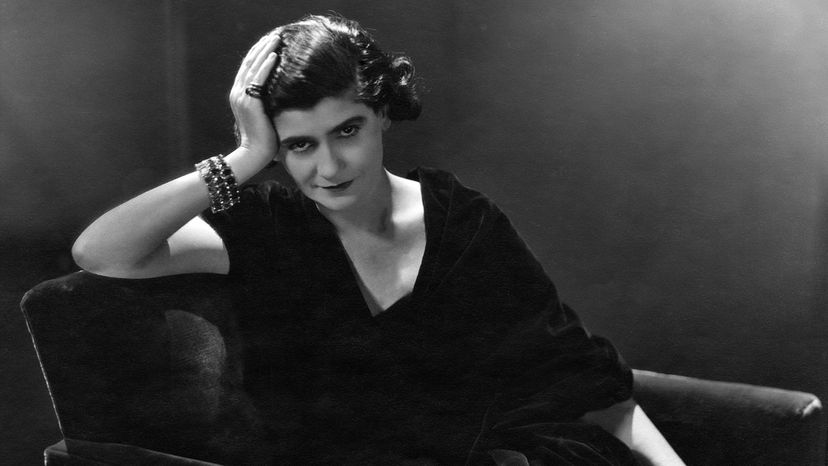
Coco Chanel is an icon for fashion and feminism. She's credited with designing the little black dress, after all. But hanging beside that LBD in her closet are a few pretty big skeletons, too.
From her early life as a de facto orphan to becoming one of the most recognizable names in fashion, Coco Chanel's life story is filled with almost as much myth as it is legend. An icon of women's empowerment, her influence on not just the way that women dress, but also the range of possibilities they can imagine for themselves, is hard to overstate. And with her connection to modernity, it's hard to believe that she was born in the 19th century.
Advertisement
"Before she was a designer, she was a women's advocate," says author and style expert Dr. Courtney Hammonds. Chanel did not necessarily think she was going to be famous, but she knew she had some ideas that were groundbreaking and wanted to prove that women could do anything — and do it even better. "She was a hobnobber," Hammonds says. "She knew how to finesse the crowd."
Chanel's history in fashion began in 1910 when she opened her first shop, and her influence hasn't ended to this day, despite her death in 1971. That she was always more than a designer is clear, but was she a collaborator, a social climber, a feminist? Let's separate fact from fiction and look at who Chanel — the woman who pretty much did it all, and did it all with style — really was.
Advertisement
